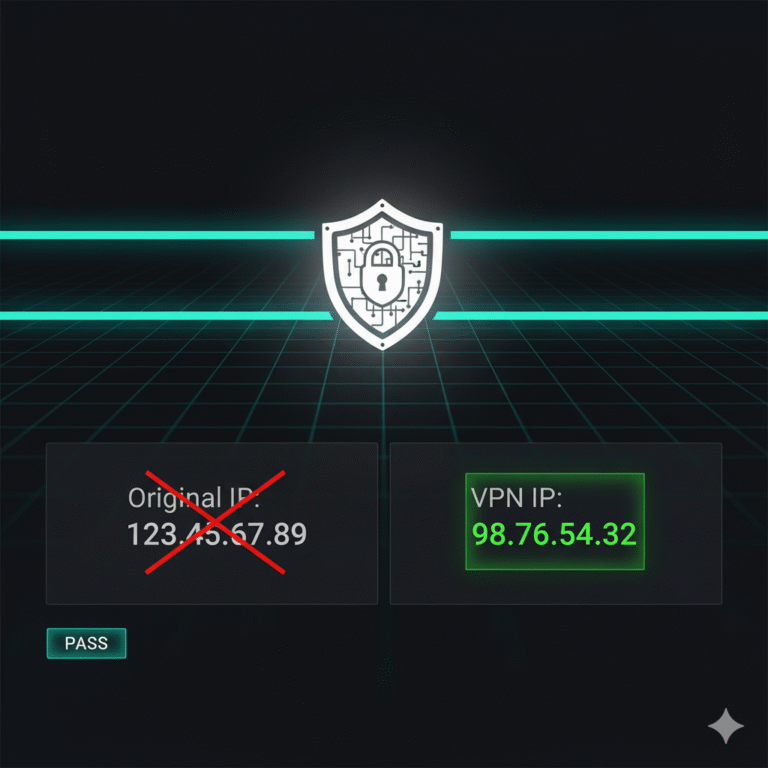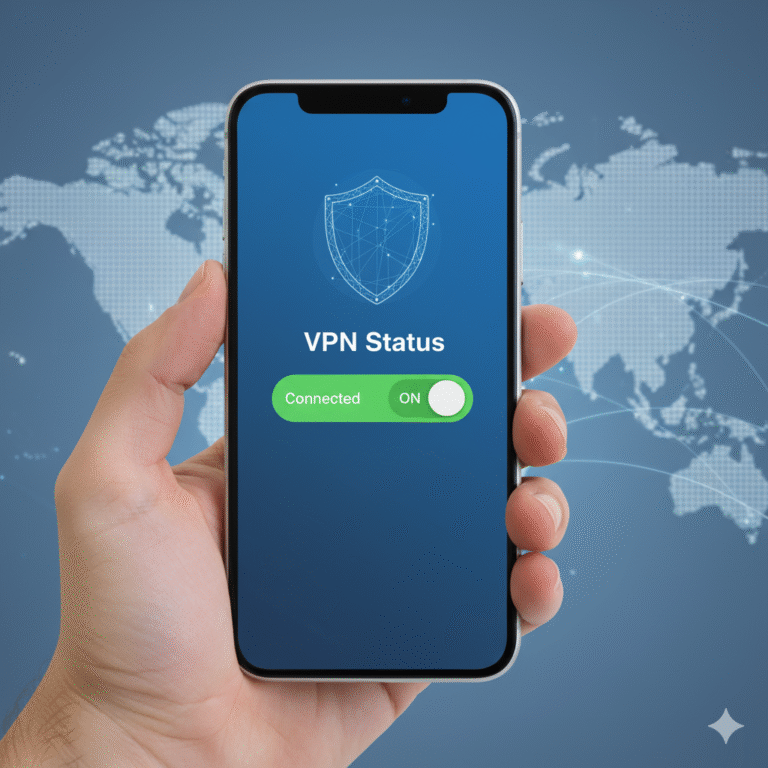Determining “do i need a vpn” is a fundamental question for IT managers, network engineers, and cybersecurity professionals who want to secure sensitive data and maintain privacy across networks. VPNs, or Virtual Private Networks, create encrypted tunnels between devices and servers, masking IP addresses and protecting internet traffic from interception. This article explores the key considerations, performance constraints, and alternatives that affect whether a VPN is necessary in your environment.
What is a VPN and how does it work?
A VPN establishes a secure, encrypted connection between a user’s device and a VPN server. This tunnel protects data from interception on public Wi-Fi networks, prevents ISPs from monitoring traffic, and allows users to appear as if they are in a different geographic location. VPN protocols, including OpenVPN, IKEv2/IPSec, and WireGuard, vary in speed, security, and ease of configuration. For detailed protocol specifications, refer to authoritative sources like RFC 8484 (source: RFC 8484).
VPNs also provide features such as kill switches, DNS leak protection, and split tunneling. Organizations often deploy site-to-site or client-to-site VPNs to secure internal communications, while remote workers typically rely on client-based VPNs for endpoint protection. (Internal Link: 4, 10)
What security threats justify using a VPN?
VPNs protect against eavesdropping on unsecured networks, man-in-the-middle attacks, and geo-restrictions that may block critical services. Public Wi-Fi in cafes, airports, or hotels is particularly vulnerable, as attackers can intercept traffic to harvest credentials or inject malware. Encrypted VPN tunnels mitigate these risks, ensuring sensitive communications remain private.
Additionally, VPNs reduce exposure to location-based tracking and targeted attacks, which can be critical for industries handling personal data, intellectual property, or financial transactions. (Internal Link: 52, 53)
Constraints and performance:
Despite its benefits, VPN usage introduces trade-offs. Latency may increase due to server routing, bandwidth can be throttled depending on provider policies, and device resources can be impacted during encryption. Performance is also influenced by ISP restrictions, server load, and geographic distance between client and VPN endpoint. For enterprise deployments, testing under realistic load conditions is essential to avoid disruptions.
VPNs may be blocked in restrictive regions or by certain network administrators. IT teams must evaluate failover strategies and alternative routing methods to maintain reliable access.
How can I verify if a VPN is necessary for my use case?
Assess your threat model, network environment, and data sensitivity. For employees accessing confidential systems over untrusted networks, VPNs provide critical security. For general web browsing on secure home networks, the benefits may be marginal.
Additionally, auditing compliance requirements can clarify whether encryption and geo-location masking are mandatory. Tools like VPN testing guides help confirm that VPNs are functioning correctly and that no leaks compromise privacy (Internal Link: 93; source: Cloudflare).
Which devices and networks benefit most from VPN usage?
Devices such as laptops, mobile phones, and IoT systems connecting to public or shared networks derive the most benefit. Corporate environments often enforce VPN connections for remote endpoints to protect internal applications.
Network types that warrant VPN deployment include public Wi-Fi, untrusted ISP connections, or international access points where sensitive operations may be conducted. Implementing device-based policies and endpoint monitoring ensures optimal protection. (Internal Link: 55, 56)
Can a VPN prevent IP tracking and location leaks?
Yes, VPNs mask the user’s real IP address by routing traffic through a VPN server in a chosen location. This prevents websites, advertisers, and cybercriminals from pinpointing your actual location. However, VPNs do not anonymize all traffic; browser fingerprinting, cookies, and DNS requests may still reveal information unless additional measures like private browsing and secure DNS are implemented (source: Kaspersky).
Choosing a VPN with strong leak protection, DNS encryption, and a strict no-logs policy ensures that IP masking is effective. Enterprise deployments should also consider multi-factor authentication and endpoint monitoring to prevent unauthorized access. (Internal Link: 57, 64)
Are there alternatives to using a VPN?
Alternatives include encrypted DNS services, proxies, Tor, and private relay systems. While these methods offer some privacy benefits, they differ in scope and effectiveness. For example, DNSCrypt or Cloudflare’s 1.1.1.1 resolver encrypts DNS queries but does not hide the IP address or encrypt general traffic (source: Cloudflare).
Proxies provide basic IP masking but usually lack end-to-end encryption, making them less secure for sensitive operations. Tor ensures strong anonymity but introduces significant latency, limiting usability for streaming or real-time applications. IT teams should weigh these trade-offs against VPN deployment based on the threat model and organizational needs. (Internal Link: 16, 41)
How do I choose the right VPN provider?
Selection criteria include protocol support, encryption standards, server coverage, logging policies, speed performance, and platform compatibility. Enterprise users should prioritize providers that offer dedicated IPs, multi-device licensing, and audit transparency. Independent reviews and performance tests, such as TechRadar VPN guides (source: TechRadar), help validate provider claims.
Additional considerations include ease of integration with existing network architecture, support for split tunneling, and incident response capabilities. Internal training on VPN configuration and monitoring is essential to prevent misconfigurations and potential security gaps. (Internal Link: 7, 8)
When might a VPN be unnecessary?
If all network communications occur over secured corporate networks, or if endpoint devices already employ full-disk encryption and encrypted DNS, the marginal benefit of a VPN may be low. Similarly, for users primarily accessing public, non-sensitive information over trusted home networks, the overhead introduced by VPNs might outweigh the benefits.
However, IT managers should remain aware of evolving threats, including ISP tracking, geo-restrictions, and sophisticated phishing attacks. A periodic risk assessment ensures VPN use aligns with organizational security policies. (Internal Link: 1, 3)
Conclusion
Understanding do i need a vpn requires evaluating the specific security risks, device usage, and network environments. While VPNs provide essential privacy and encryption benefits in most untrusted network scenarios, alternatives and deployment constraints must also be considered. Integrating VPN solutions thoughtfully ensures both security and performance optimization across corporate and remote environments.



